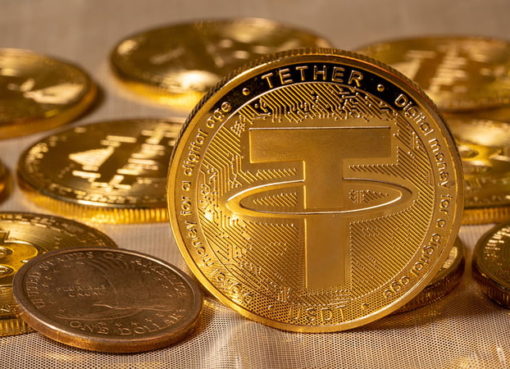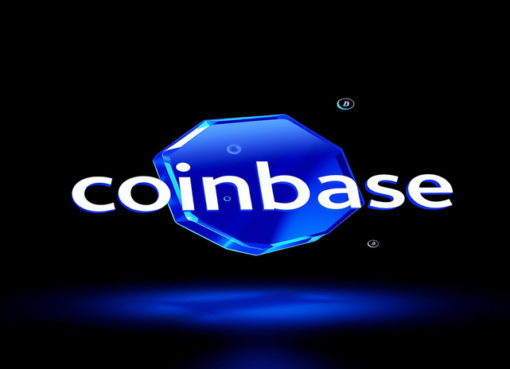The Central Bank Digital Currency (CBDC) is the digital form of fiat. According to the president of Brazil’s Central Bank, Central Bank Digital Currency (CBDC) may be integrated into the financial system by 2022.
According to Roberto Campos Neto, the president of the Central Bank of Brazil, Brazilians will probably see the idea of having a Central Bank Digital Currency (CBDC) in full flesh before 2022 ends. This came as a surprise as the country recently started studying the possibility of introducing the CBDC without any conflict with the traditional system.
The country has over the years monitored and studied different options in a bid to modernize its financial system of which CBDC came out as the perfect candidate considering the rate at which different countries are looking at ways to capitalize on its full benefit.
On 21 August 2020, the Central Bank of Brazil stated that they have come out with a plan to establish a worldwide study on the issuance of the Central Bank Digital Currency (CBDC). Having understood the full impact on its financial well-being, the country has sought to strike the balance between the tapping of its benefit to society and offsetting the potential risk that is commonly associated with some of these digital payments.
The study meant to last in 6-months focuses on its societal benefit, national challenges, scope, and potential model. The security aspect of the CBDC focuses on its data protection, cybersecurity, and regulatory compliance risk.
Neto also made mention of the possibility of achieving this by resorting to open banking and PIX, the country’s new instant payment platform as part of the measures. PIX was introduced to ensure competitiveness and efficiency in the country’s retail market through a peer to peer and business to business transactions in less than 10 seconds. This will be done through ATMs (starting from November 2020), internet banking, and mobile phones. The idea of open banking is to allow the exchange of user information between banks to make it easy for users to switch.
Neto explained that CBDC is much different from cryptocurrency without national trust. Using Bitcoin as a reference, he explained that the said digital currency represents the currency already issued by the National Monetary Authority. Brazil is not new to using blockchain technology in full effect in their financial world.
In April 2020, the country introduced a blockchain platform called PIER to smoothly exchange data between regulatory bodies and financial bodies. This initiative is not a mere reference for Brazil alone, but for all other countries to explore the possibilities of using blockchain to make huge changes. The move for CBDC is in line with the predictions made by the CEO of Cypherium, Sky Guo on how governments would integrate it into retails and wholesales.
Central Bank Digital Currency (CBDC)
The central Bank Digital Currency (CBDC) is the digital form of fiat. Though it was inspired by Bitcoin, it is not a cryptocurrency or a virtual currency. Bitcoin is much different on the ground that it is not issued by the state, and has not been declared as a legal tender by any government.
The Central Bank Digital Currency (CBDC) exists as a digital currency like Bitcoin but controlled by the Central Bank. A number of countries are considering the CBDC due to its huge advantage. According to research conducted by the Bank for International Settlement, 80% of Central Banks worldwide are studying the CBDC with 40% conducting issuance experiments.




